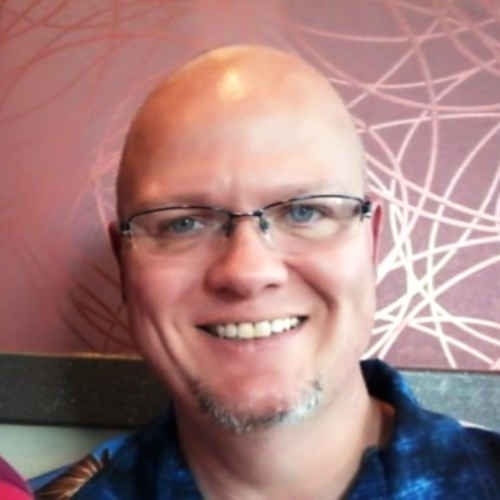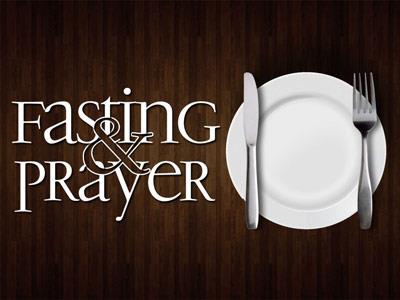-
Experiencing Revival Fire Series
Contributed by D. Dewaine Phillips on Oct 14, 2021 (message contributor)
Summary: This message views the revival at Pentecost and notes how revival often occurs after a season of prayer and during times of economic hardship. Also noted is how true revival will continue to thrive and not die out quickly.
I have entitled our message for this morning, “Experiencing Revival Fire.” The sermon title is partially inspired by a book called Revival Fire, authored by the great 1800’s revivalist named Charles Finney. As you well know, our Fall Revival begins in a few weeks, and this morning’s sermon is intended to prepare our hearts and help us begin anticipating a move of God.
Henry Blackaby, the author of Experiencing God, tells us, “I am very, very convinced that God has begun a movement of revival and that we’re seeing things happen . . . that we have not seen in our lifetime.”(1) In response to his observation, I have some questions for you this morning: “Do you think our Fall Revival will result in true revival – with repentance and genuine life-change – and do you believe the timing is right for God to move in this community?” I believe revival can happen right here and right now, as long as we make preparation in our hearts. This morning we’re going to consider some things we can do to prepare our hearts for revival.
The Promise of Revival (Acts 1:4)
4 And being assembled together with them, He commanded them not to depart from Jerusalem, but to wait for the Promise of the Father, “which,” He said, “you have heard from Me.”
Here, we see what could be called “the promise of revival.” After Jesus was resurrected, He walked the earth for forty days, being seen by the apostles and hundreds of eyewitnesses. Before He ascended into heaven, He approached the disciples and told them to wait for the “Promise of the Father.” The promise He mentioned was the coming of the Holy Spirit. Jesus said in John 15:26-27, “But when the Helper comes, whom I shall send to you from the Father, the Spirit of truth who proceeds from the Father, He will testify of Me. And you also will bear witness, because you have been with Me from the beginning.”
The Holy Spirit arrived on the day of Pentecost, as seen in Acts chapter 2, which says, “When the Day of Pentecost had fully come, they were all with one accord in one place. And suddenly there came a sound from heaven, as of a rushing mighty wind, and it filled the whole house where they were sitting. Then there appeared to them divided tongues, as of fire, and one sat upon each of them. And they were all filled with the Holy Spirit . . .” (2:1-4a).
The day of Pentecost was a day of great revival. All the disciples were filled with God’s Spirit, and Peter preached the resurrection of Jesus to the people gathered there in Jerusalem (Acts 2:14-40). As a result of this one glorious day, the Bible says, “Then those who gladly received his word were baptized; and that day about three thousand souls were added to them” (Acts 2:41).
This incredible revival did not conclude and cease at day of Pentecost. Pentecost was only the beginning, and from that moment Christianity began expanding through the missionary efforts of the apostles. This revival did not die out; for the flame of revival was rekindled over and over again during the lifetime of the apostles, and carried to numerous lands and peoples.
Now that we have briefly observed the great revival at Pentecost, the question I have for each of you is this: “Do you want to experience a revival such as this one?” If so, then what is the key to revival? Well, I am sorry to say there is no single key, but there are some common elements that have been observed in many great revivals throughout history; elements which we will learn about today.
Responding to the Promise (Acts 1:12-14)
12 Then they returned to Jerusalem from the mount called Olivet, which is near Jerusalem, a Sabbath day’s journey. 13 And when they had entered, they went up into the upper room where they were staying: Peter, James, John, and Andrew; Philip and Thomas; Bartholomew and Matthew; James the son of Alphaeus and Simon the Zealot; and Judas the son of James. 14 These all continued with one accord in prayer and supplication, with the women and Mary the mother of Jesus, and with His brothers.
As we saw back in Acts 1:4, Jesus gave His disciples what could be called “the promise of revival.” So, how do these verses say the disciples, along with the women and Mary the mother of Jesus, responded to the promise of revival? They “continued with one accord in prayer and supplication” (v. 14). They were all anxiously awaiting God’s manifest presence, and they were praying for it to arrive. So, they responded to the promise of revival with prayer. I am going to take some time to share some real-life illustrations about the connection between prayer and revival.

 Sermon Central
Sermon Central



